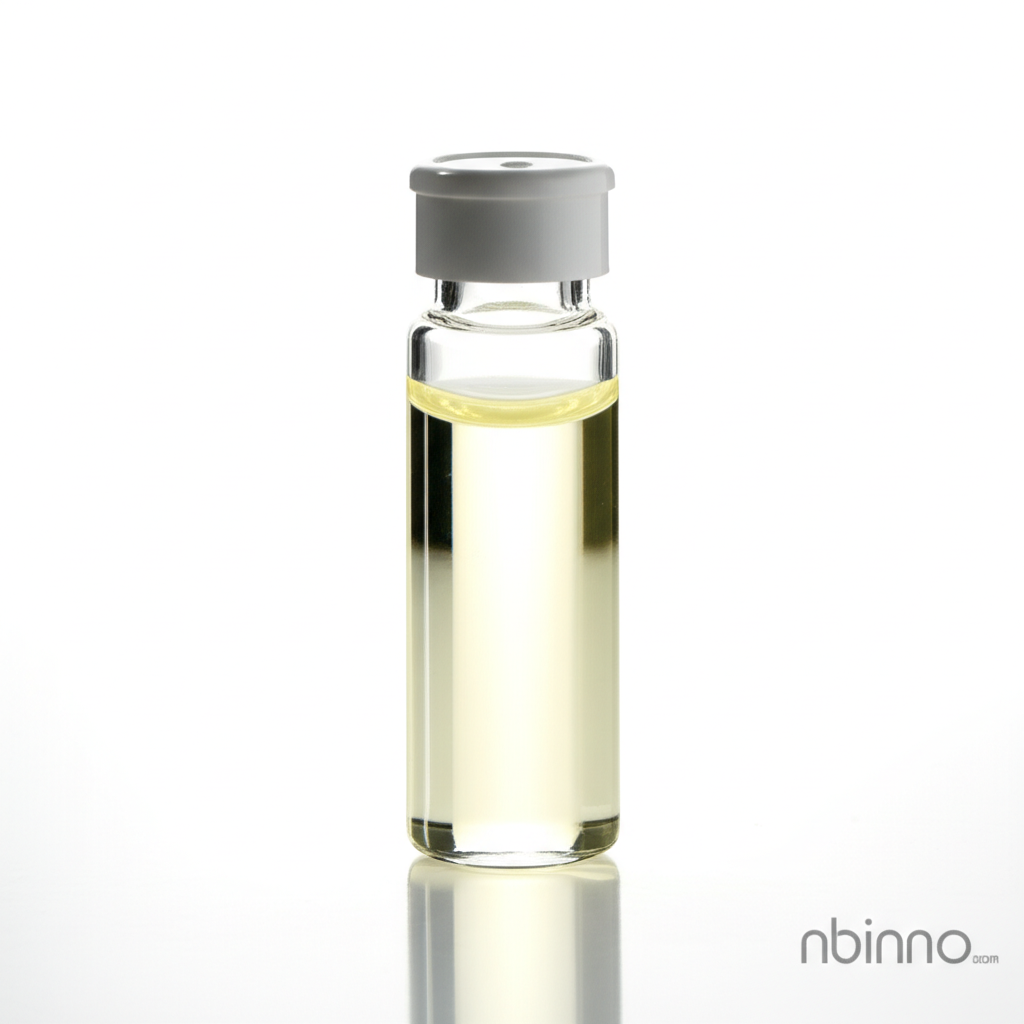Phosphorus Tribromide: A Key Reagent in Chemical Synthesis
Discover the power of Phosphorus Tribromide for efficient alcohol to alkyl bromide conversion and more.
Get a Quote & SampleProduct Core Value

Phosphorus Tribromide
Phosphorus Tribromide (PBr3) is a highly reactive and versatile chemical compound, indispensable in organic synthesis. Its primary role is the efficient conversion of primary and secondary alcohols into alkyl bromides, a crucial step in many chemical processes. Furthermore, PBr3 is instrumental in the Hell-Volhard-Zelinsky halogenation, acting as a catalyst for the alpha-bromination of carboxylic acids, leading to acyl bromides.
- Facilitating Alcohol to Alkyl Bromide Conversion: PBr3 offers a more controlled and efficient method for converting alcohols into alkyl bromides compared to traditional hydrobromic acid, minimizing carbocation rearrangement issues, a significant advantage when dealing with chiral centers or complex molecules.
- Catalysis in Carboxylic Acid Bromination: As a catalyst in the Hell-Volhard-Zelinsky reaction, PBr3 enables the targeted bromination of carboxylic acids at the alpha position, producing acyl bromides which are valuable synthetic intermediates.
- Pharmaceutical Intermediate: This compound serves as a key building block in the manufacturing of various pharmaceuticals, contributing to the synthesis of active pharmaceutical ingredients.
- Fire Suppression Properties: Beyond its synthetic utility, PBr3 also possesses properties that make it an effective fire suppressant, adding to its diverse industrial applications.
Key Advantages of Using PBr3
Controlled Reactions
Leveraging PBr3 in organic synthesis ensures milder reaction conditions and predictable outcomes, reducing unwanted side reactions and improving the selectivity of your desired products, which is essential for producing high-quality fine chemicals.
Enhanced Yields
The PBr3 reaction mechanism, particularly its SN2 substitution pathway, often leads to higher yields in the conversion of alcohols to alkyl bromides, offering a cost-effective solution for chemical manufacturing.
Stereochemical Integrity
A significant advantage of using PBr3 is its ability to convert chiral alcohols to bromides with inversion of configuration, preserving the stereochemical integrity of sensitive molecules and enabling precise synthesis.
Key Applications
Organic Synthesis
PBr3 is a cornerstone reagent for synthesizing alkyl bromides from alcohols and facilitating the Hell-Volhard-Zelinsky reaction, making it vital for creating complex organic molecules.
Pharmaceutical Manufacturing
Its role as an intermediate in the synthesis of pharmaceuticals highlights its importance in the healthcare industry, contributing to the production of essential medicines.
Chemical Analysis
PBr3 is employed in chemical analysis for its reactive properties, aiding in the identification and quantification of various compounds.
Industrial Processes
Beyond laboratory use, PBr3 serves as a fire suppressant and in other industrial chemical processes, demonstrating its broad utility.
